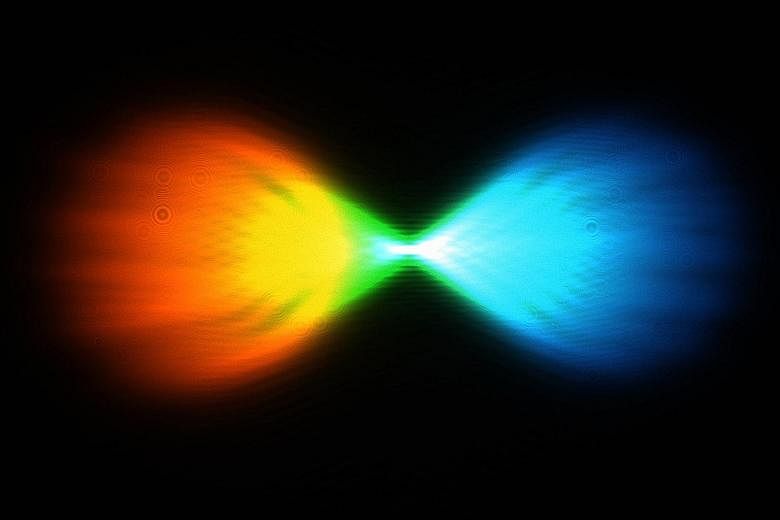An image of optical fibre formed by the multispectral chiral lens - an ultra-compact flat lens that can simultaneously capture both colour information and the chirality of an object.
An object is chiral if it can be distinguished from its mirror image; it is achiral if it cannot.
Materials made of chiral molecules reflect light differently depending on the nature of their chirality.
Current imaging techniques to capture chirality and colour information require multiple cascading components, leading to bulky and expensive pieces of equipment.
The new multispectral chiral lens, developed by researchers at the Harvard John A. Paulson School of Engineering and Applied Sciences, can do so without the addition of other optical components.
It is only 3mm in diameter and thinner than a strand of hair, allowing it to be easily integrated into portable devices.

